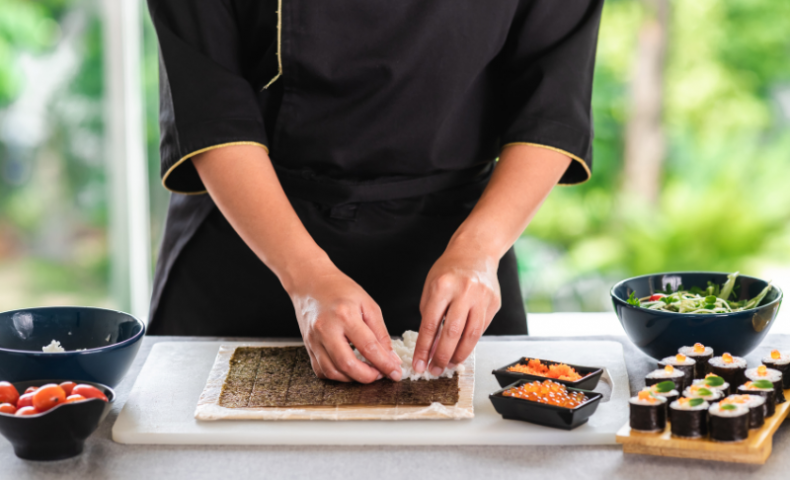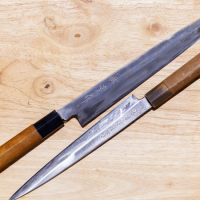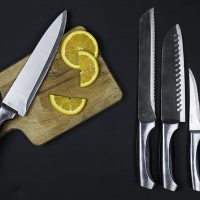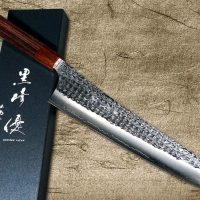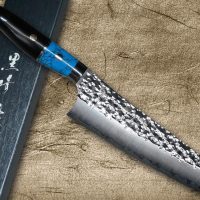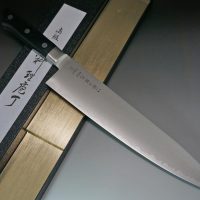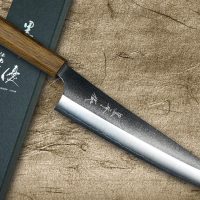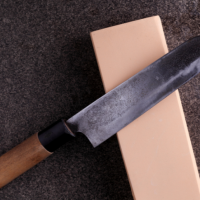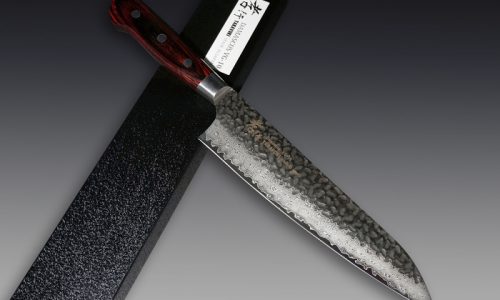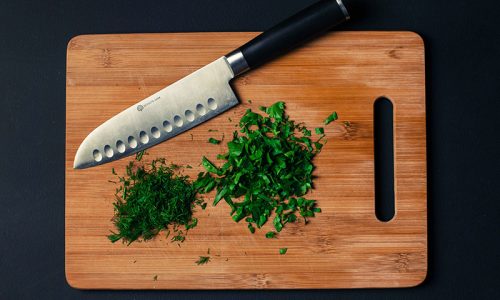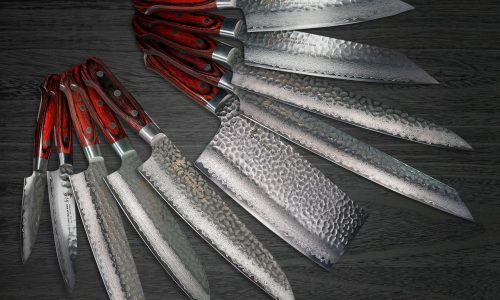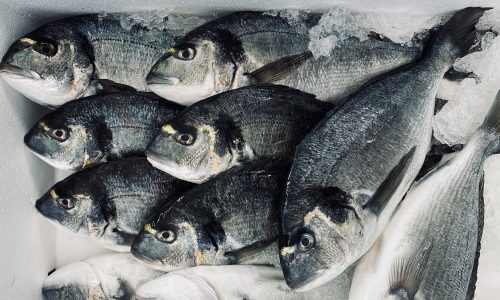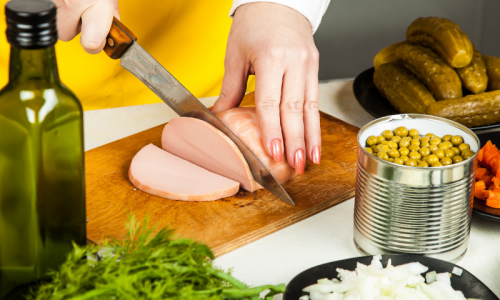The extravagant pieces of highly-saturated colored ingredients, sliced raw fish, and sprinkles and dabs of Wasabi or sesame marked the uniqueness and originality in Japanese cuisine. Aside from the Japanese Teriyaki Chicken served with cooked, Japanese rice or the yellowish, chewy Yakisoba noodles, Japanese food always captivates the attention and love from people all over the globe with its highly popular sushi dishes. Sushi or nigiri dishes refer to bite-sized, single bite pieces of raw fish or cooked seafood topped on moistened- vinegar, salt, and sugar mixed Japanese rice. The iconic, Japanese authentic dish, sushi, is delicately crafted by Japanese chefs and professionals who have been through years and years of practice and the processes of grasping all the techniques and mastery skills required to properly slice raw ingredients and make hand-pressed rice. With this, many dream to become professional sushi chefs, hoping to achieve that goal of being able to inhale the scent of fresh seafood, raw Salmon and Fatty Tuna slices, and be able to perform all the swift motions of Samurai blade skills like a pro. However, Japanese sushi chefs go through a lot before becoming who they are today.
Life as a chef isn’t as easy as munching on a piece of cake. Most Japanese sushi chefs go through periods of finding themselves- through the stages of processing their thoughts and putting their ideas into action, making their own original recipes with respect for their masters and professors. Not as simple as just cooking or making food at home, years of practice and a true understanding of all processes – for instance, the selection of fine ingredients, determining which seasoning to use, and fine-tuning the depths of cutting veggies and garnishes, these are all the intricate, complex details Japanese chefs have to consider at all times. Dedication, motivation, and the passion to succeed in the crafting of delicious sushi are very important for them at heart. Therefore, becoming a Japanese sushi chef isn’t the easiest dream, but is one worth the wait.
Training
Unlike other culinary cultures or traditions, Japanese sushi chefs have to go through quite a complex set of practices which not only requires perseverance, but also an open-mind to accept things with open arms. Precision is key in Japanese food – the slices, cuts, and chops in the making of sushi pieces are all different in forms and each form holds their very own originality in marking the variety in tastes. Some would spend decades in mastering the essential knife skills to slice proper Salmon slices appropriate enough to top them on the authentic Japanese rice, while others would take many years training through experiences in restaurants or culinary institutions.
Applying the Skills
After they have gone through all the processes deemed satisfactory for their needs to pursue their dreams, most Japanese sushi chefs would open up a small restaurant of their own. Starting from a tiny place with limited menus, just the signature ones, starting small is good as their first stepping stone towards long-term success. This way, chefs would find slow and steady startups positive for their career long-term as they could communicate closely with their customers and know what improvements can be made to further enhance their own restaurant.
Crafting Out of Delicacy
Japanese sushi chefs will have to pay close attention to the selection of fine ingredients – knowing how fresh ingredients can be selected, know what should be done to preserve varying kinds of meats, and learn all the movements essential to cutting ingredients. Different from other culinary culture, Japanese food requires different kitchen structure to ease in their work of preparations. Most chefs learn to operate at sushi counters or sushi bars to interact with customers and at the same instance, showcase their professional knife skills as they prepare and cook the dishes.

